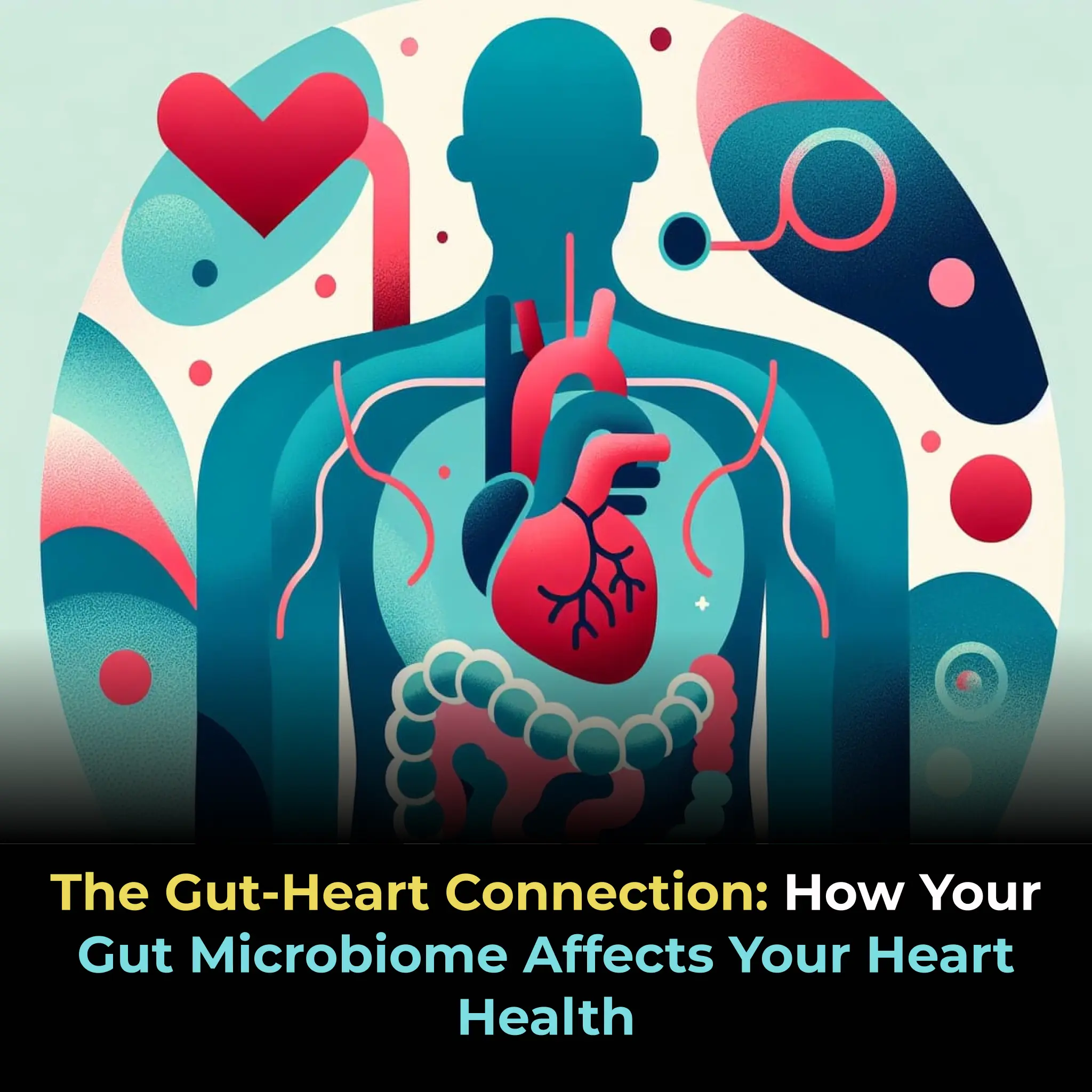
11 Heartbreaking Signs Your Dog Is Nearing the End—And How To Give Them The Love They Deserve
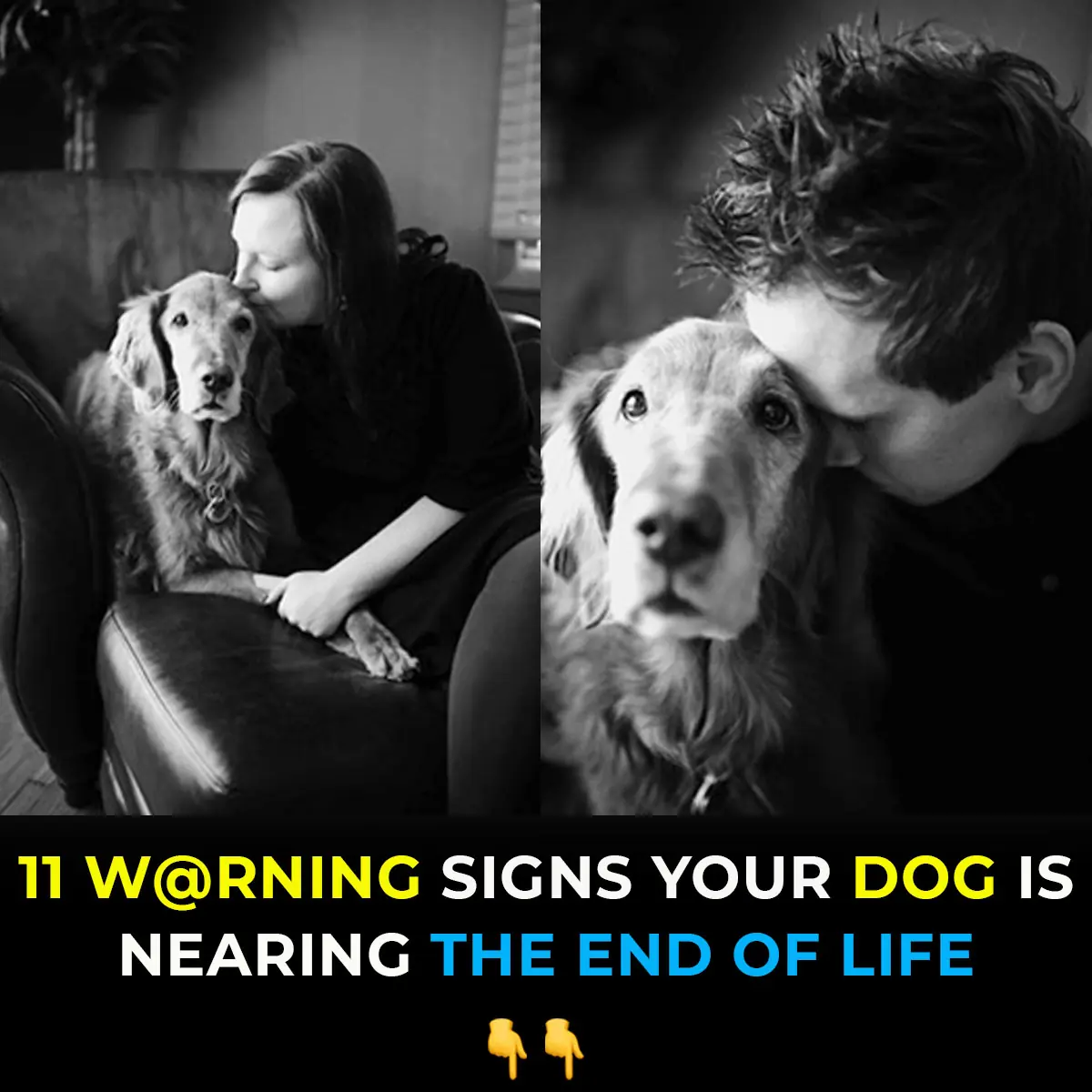
Dogs are beloved members of our families, offering unwavering loyalty and unconditional love. As they age or face health challenges, it's crucial for pet owners to recognize signs that suggest their dog may be approaching the end of life. Understanding these indicators helps you provide comfort and dignity during their final days.
1. Decreased Energy and Interest in Activities
A significant drop in energy levels and a lack of interest in activities such as walks or playtime can signal that your dog’s body is weakening, either due to age or illness. If your previously energetic dog now prefers to rest rather than engage in favorite pastimes, it could be a sign of declining health.
2. Behavioral Changes and Mood Swings
Changes in behavior, such as increased clinginess, withdrawal, or seeking isolation, can suggest discomfort or cognitive decline. You may also notice confusion, restlessness, or agitation, which are common as a dog nears the end of life.
3. Difficulty with Bodily Functions
Problems with controlling bladder or bowel movements, like incontinence or frequent accidents, may occur as muscles weaken or organ function diminishes. These challenges can be distressing for both the dog and the owner.
4. Loss of Appetite and Thirst
A noticeable decrease in appetite and water intake often leads to weight loss, dehydration, and malnutrition. This is a common issue for dogs nearing the end of life, which contributes to an overall decline in health.
5. Increased Fatigue and Extended Sleeping
Spending more time sleeping and being reluctant to interact with their surroundings can indicate that a dog is conserving energy as it prepares for the end of life. This extreme fatigue is often seen in aging or sick dogs.
6. Digestive Issues and Vomiting
Frequent vomiting, diarrhea, or signs of nausea can point to serious internal problems. While occasional digestive upset may not be alarming, persistent issues should be evaluated by a veterinarian immediately.
7. Labored or Irregular Breathing
Difficulty breathing, excessive panting, or coughing may indicate fluid accumulation in the lungs or other critical health conditions. Any noticeable changes in your dog's breathing patterns should be promptly checked by a veterinarian.
8. Changes in Gum Color
Healthy dog gums are typically pink. If you notice pale, blue, or grayish gums, it could indicate oxygen deprivation, anemia, or circulation issues, which signal a decline in health.
9. Seizures or Tremors
Seizures or involuntary shaking are concerning and may be linked to neurological disorders or severe health problems. If your dog experiences these symptoms, immediate veterinary care is necessary.
10. Unusual Odors or Skin Changes
Uncommon body odors, skin infections, or changes in coat quality may indicate underlying health problems. Dogs nearing the end of life might develop sores, lumps, or a dull coat, reflecting a deterioration in their health.
11. Disinterest in Favorite Activities
If your dog no longer shows excitement for previously loved activities, toys, or interactions, it may signal that they are emotionally and physically preparing to say goodbye.
Providing Compassionate Care
Recognizing these signs enables you to make informed decisions about your dog’s care. Consulting a veterinarian can help assess their quality of life and determine the best course of action to ensure their comfort.
Offering additional love, maintaining a calm and peaceful environment, and considering pain management options can greatly improve your dog’s well-being in their final days.
Cherish every moment with your faithful companion, ensuring their last days are filled with love, compassion, and dignity.
News in the same category


12 Health Hacks Doctors Rarely Share: Secrets for Optimal Health and Well-being

A Parade Moment That Became Global Joy

Nick Vujicic: Living Proof That the Human Spirit Knows No Limits

You’re Made of Stardust – Literally! 🌌🚀

Sea Levels Are Rising Faster Than At Any Time In 4,000 Years 🌍

Your Dog Might Actually Love You More Than Food
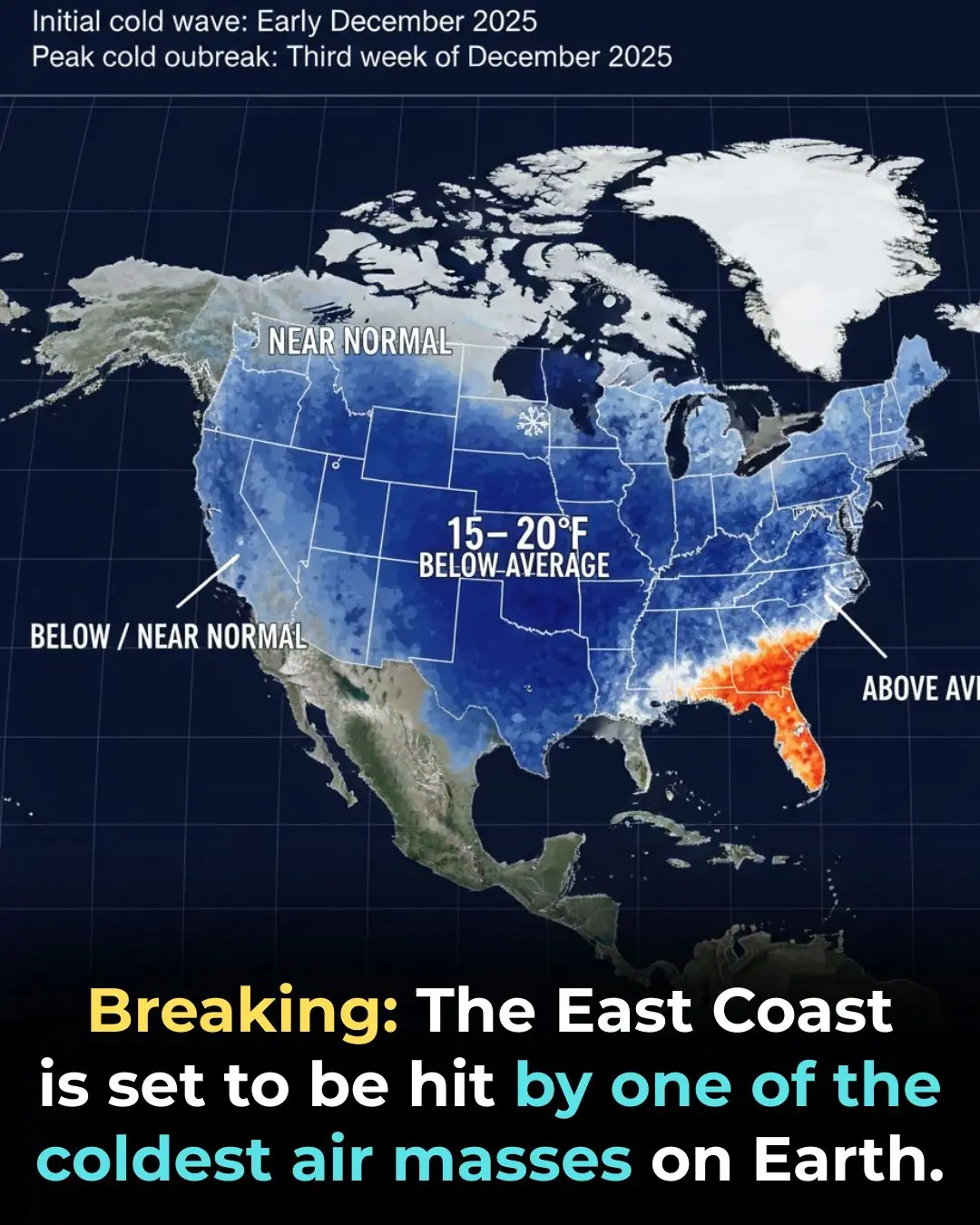
Deep Freeze Set to Slam the Eastern U.S. This December

Nike Co-Founder Phil Knight Makes Historic $2 Billion Donation to Cancer Research

Dutch Engineers Tackle the Pacific’s Plastic Crisis with 600-Meter Ocean Vacuum

How to Take a Loop of the Entire U.S. by Train

The Quiet Rise of Everyday Health-Tracking Technology
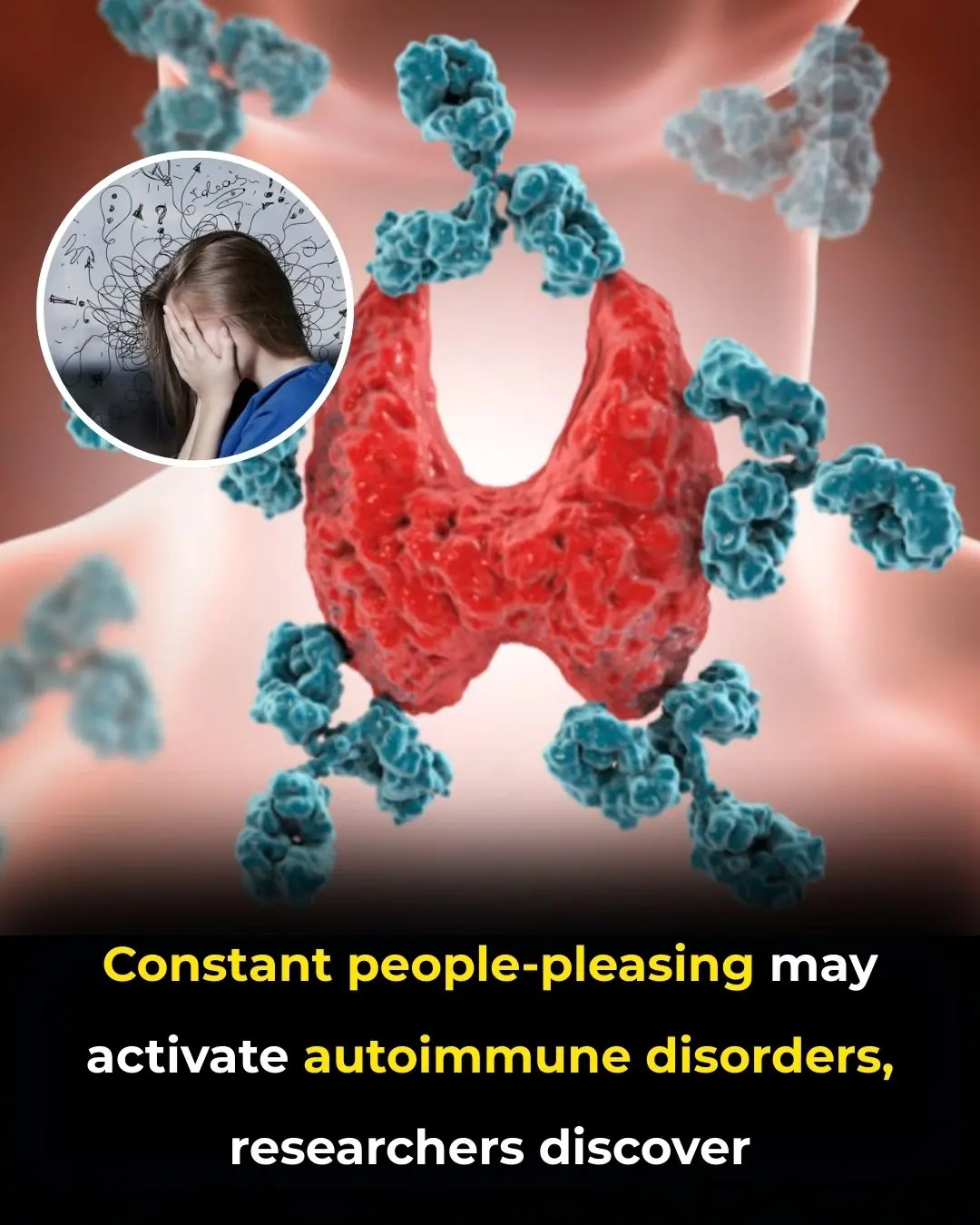
The Hidden Toll of People-Pleasing: How Emotional Suppression Can Trigger Autoimmune Disorders

The Pudu: The World’s Tiniest Deer and Its Role in South America's Forest Ecosystems

Deep Water Cycle: Scientists Discover Hidden Ocean Beneath Earth's Surface

Mexico City’s Sweeping Bullfighting Ban Marks Major Shift in Cultural and Animal-Welfare Policy

Los Angeles County Erases $180 Million in Medical Debt for 39,000 Residents

The 2025 Atlantic Hurricane Season Intensifies: A Heightened Risk for Major Storms
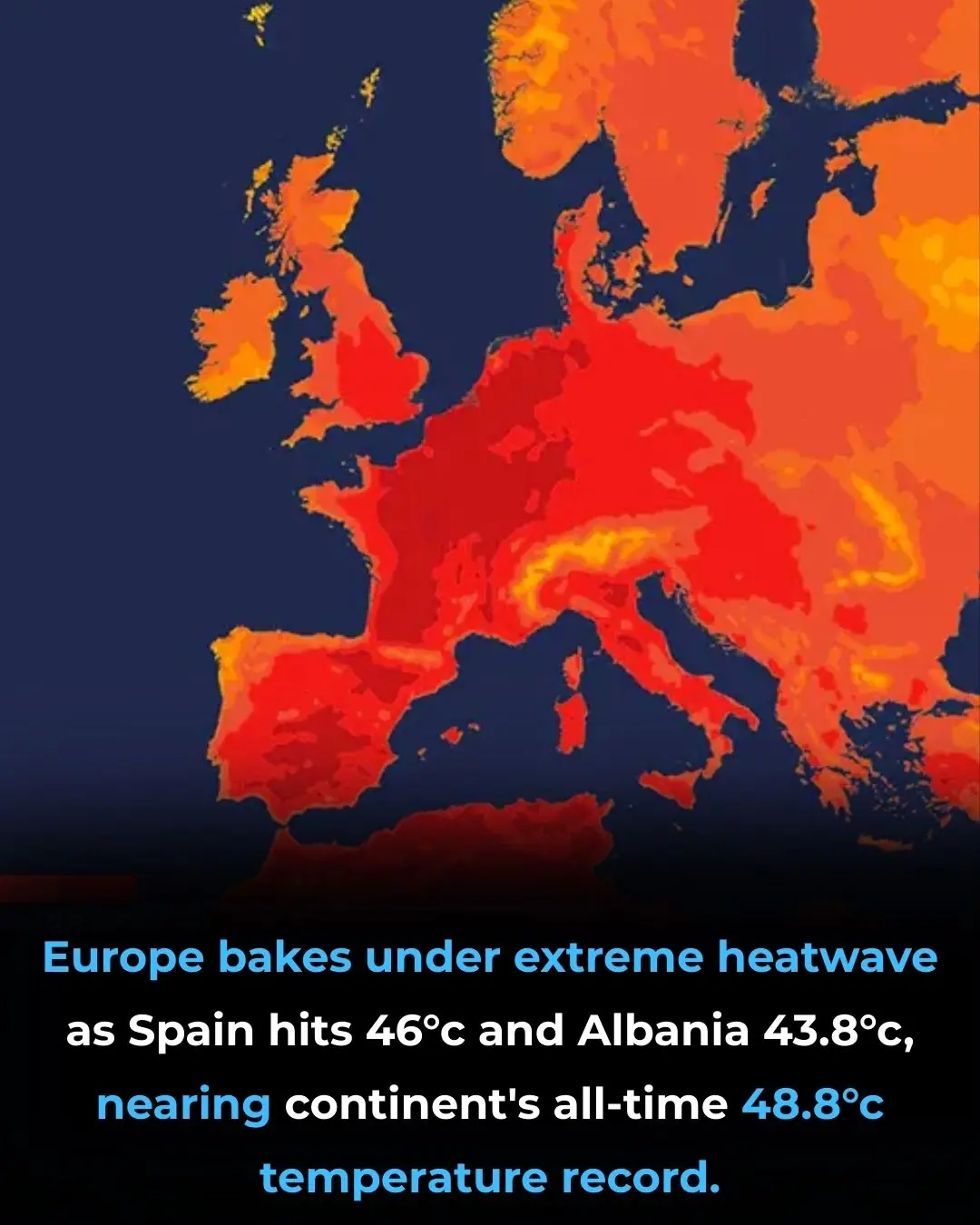
Europe Faces Unprecedented Heatwave: Rising Temperatures Strain People, Infrastructure, and Agriculture

Revolutionary Light-Based Cancer Treatment Offers New Hope with High Success Rate
News Post

CCF Tea to Burn Belly Fat

DIY Lip Balm with Vaseline and Beetroot: A Natural, Moisturizing Solution for Soft, Pink Lips

Coffee Gel For Eye Wrinkles

Coffee For Instant Skin Brightening

Japanese 4 Steps Glow Secret

30 minutes treatment for dark lips

How to Make a DIY Aloe Vera Night Cream for Glowing Skin

Rice Water Toner To Get Skin That Shines Like Diamond

Salon like Keratin Treatment at Home

Experts reveal the top 7 Shampoos to tackle hair loss effectively

10 Surprising Beauty Hacks You Never Thought You Could Do With Baby Powder

DIY Night Serum For Radiant Skin
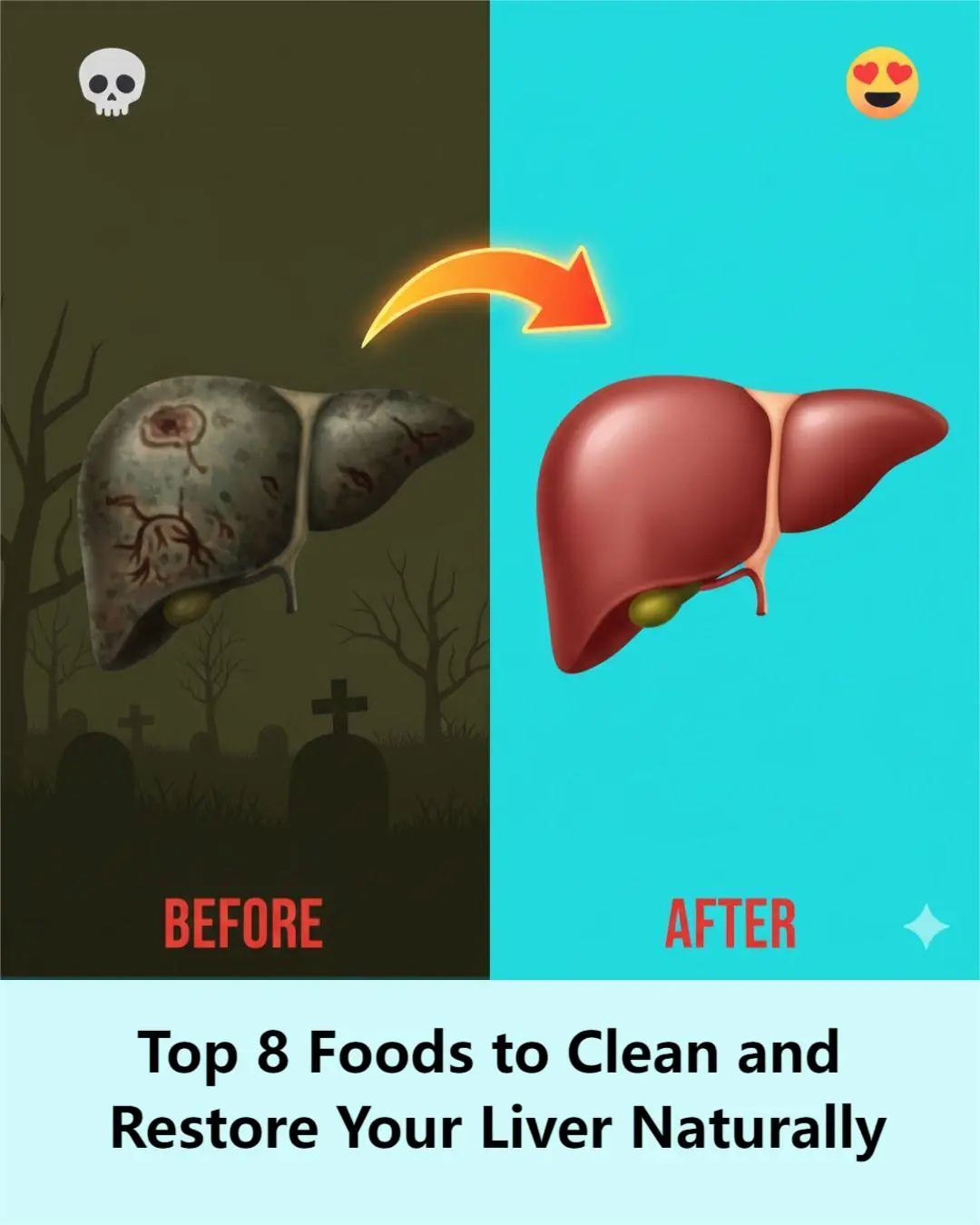
Top 8 Foods to Clean and Restore Your Liver Naturally

The Ancient Secret Seed That Revolutionized Wellness: Unlocking the Power of Hibiscus and Cloves

Garlic Remedy for Removing Moles and Skin Tags Naturally: What Works and What to Know

Fibromyalgia: The Hidden Energy Crisis Behind Your Pain, Fatigue, and Sleepless Nights

The Hidden Oil That Sparks Her Desire and Rekindles Your Marriage

Unlock the Ancient Secret of Peach Tree Resin: 15 Life-Changing Benefits You’ll Wish You Knew Sooner

Aloe Vera & Cinnamon: The Traditional Duo That Naturally Supports Your Health, Vitality, and Vision
